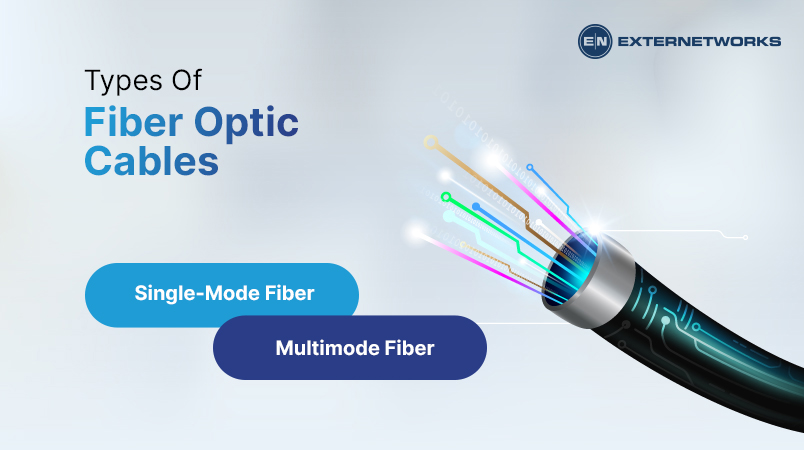28.4k views
Fiber optics technology is a versatile way of transmitting information over long distances without wires. Fiber optic cables are made from strands of carbon-based material that are very thin and have many fibers in them, making them ideal for transmitting data quickly over long distances. Fiber optics can also be used to create images and videos, as well as to transmit sound.
In the internet age, fiber optics have become an essential part of our lives. Due to their different refractive indexes, the glass fiber cores and claddings each bend incoming light at a specific incident angle.
Fiber optics transmit data at the speed of light which is much faster than other forms of communication, allowing for more reliable and efficient communication between devices. Fiber optics are often used in business and residential settings because they offer high-speed, uninterrupted service. Fiber optic cables can also be run over long distances without any interference, making them ideal for businesses that need to communicate with customers or co-workers across town or around the world.
Multimode and single-mode fiber optic cable are the two primary types of cable.
Single-mode fiber optic cable is ideal for longer distances because it’s thinner and requires less space for signal propagation, thanks to its reduced diameter. For this reason, the signal travels farther and uninterrupted, ensuring a more continuous path.
A smaller diameter means less attenuation, as it breaks down more light beams.
Single-mode fiber has a considerably higher bandwidth than multimode fiber. The light source used for multimode fiber is usually incandescent, while the light source for single-mode fiber is typically a laser. Single-mode fiber is generally more costly because it requires high precision when shrinking the light opening.
Multimode optical fiber is generally used for circuits with high transmission speeds, as it promotes signal strength by directing a large number of light signals along the cable at once. The cable’s larger diameter can facilitate simultaneous pulse transmission, which allows more information to be transmitted at one time. Transmitting signals over miles of cable also means more interference, loss, or reduction opportunities. Multimode fiber optics typically depend on the LED to provide the light pulse.

Fiber optics have been around for quite some time now, but copper cables have remained popular due to their low cost and ease of installation.
Here are four reasons why fiber optic cables are becoming more and more popular:
Fiber optic technology is a type of communication that uses strands of transparent plastic called optical fibers to transmit information.
Although fiber optics has many disadvantages, users should still be aware of them.
For example, the fibers of the cable can break, or even the flow of information can be lost if the cable is bent or curved around a radius of just a few centimeters.
Fiber optics can offer significant advantages over traditional wire-based communications systems, including improved speed, flexibility, security, and reliability. While fiber optics still face some challenges, such as cost and difficulty in deployment, the technology is growing more popular each year and has the potential to revolutionize communication systems.
